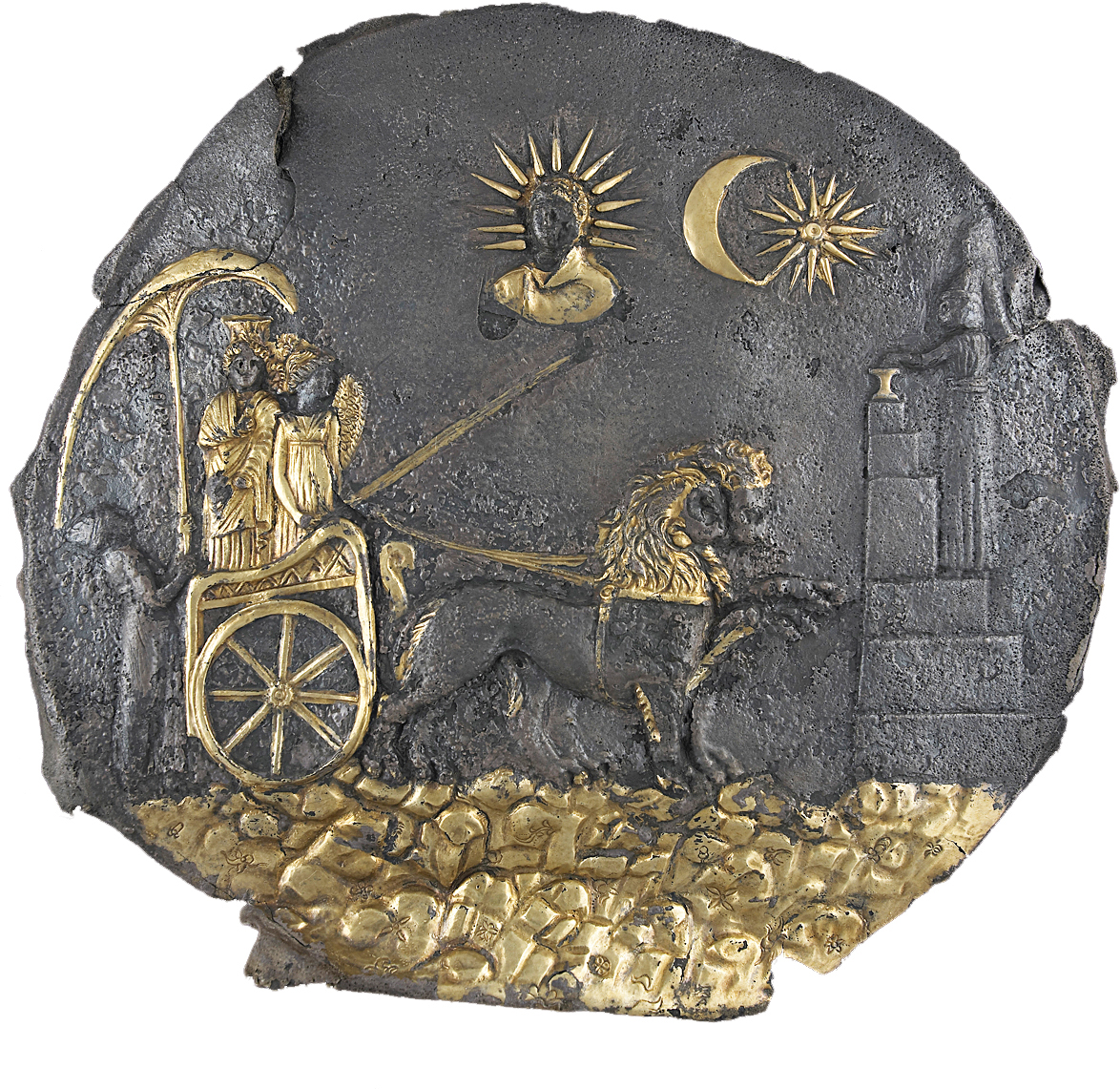Building a Hellenized Society
Alexander’s most important legacy was clearly not political unity. Instead it was the spread of Greek ideas and traditions across a wide area, a process scholars later called Hellenization. To maintain contact with the Greek world as he moved farther eastward, Alexander founded new cities and military colonies and settled Greek and Macedonian troops and veterans in them. This practice continued after his death, with more than 250 new cities founded in North Africa, West and Central Asia, and southeastern Europe. These cities and colonies became powerful instruments in the spread of Hellenism and in the blending of Greek and other cultures. Wherever it was established, the Hellenistic city resembled a modern city. It was a cultural center with theaters, temples, and libraries — a seat of learning and a place for amusement. The Hellenistic city was also an economic center — a marketplace and a scene of trade and manufacturing.
The ruling dynasties of the Hellenistic world were Macedonian in origin, and Greeks and Macedonians initially filled all important political, military, and diplomatic positions. The prevailing institutions and laws were Greek, and Greek became the common spoken language of the entire eastern Mediterranean. Instead of the different dialects spoken in Greece itself, a new Greek dialect called the koine (kaw-
In the booming city of Alexandria, the Ptolemies generally promoted Greek culture over that of the local Egyptians. This favoritism eventually led to civil unrest, but it also led the Ptolemies to support anything that enhanced Greek learning or traditions. Ptolemaic kings established what became the largest library in the ancient world, where scholars copied works loaned from many places onto papyrus scrolls, translating them into Greek if they were in other languages. They also studied the newest discoveries in science and mathematics. Alexandria was home to the largest Jewish community in the ancient world, and here Jewish scholars translated the Hebrew Bible into Greek for the first time.

The kings of Bactria and Parthia spread Greek culture far to the east, and their kingdoms became outposts of Hellenism, from which the rulers of China and India learned of sophisticated societies other than their own. Some Bactrian and Parthian rulers converted to Buddhism, and the Buddhist ruler of the Mauryan Empire in northern India, Ashoka, may have ordered translations of his laws into Greek for the Greek-
The Bactrian city of Ay Khanoum on the Oxus River, on the border of modern Afghanistan, is a good example of a brand-
In childhood, learn good manners
In youth, control your passions
In middle age, practice justice
In old age, be of good counsel
In death, have no regrets.5
The city also had temples to local deities and artwork that blended Greek and local styles (for an example, see “Encounters with the West” in Chapter 3).
Yet the spread of Greek culture was wider than it was deep, as it generally did not extend far beyond the reaches of the cities. Many urban residents adopted the aspects of Hellenism that they found useful, but people in the countryside generally did not embrace it, nor were they encouraged to.